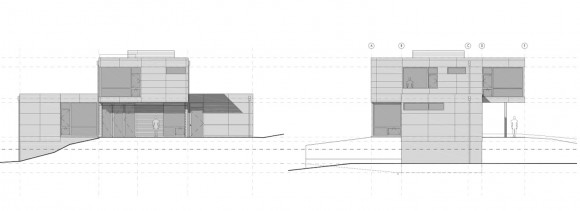
[Images by BUILD LLC]
Lately we’ve been experimenting with the geometry of some of our multi-level residences and it’s resulting in dramatic, highly-functional designs. A twist from the discipline of the beautiful box, our explorations have opened up dynamic relationships and hierarchies within the architecture.
The diagram starts with a simple two-level geometry where the lower volume contains the common areas (living, dining, kitchen, powder) and the upper volume contains the more private spaces (bedrooms, bathrooms, laundry). A mere geometrical pivot then rotates the upper volume 90 degrees.
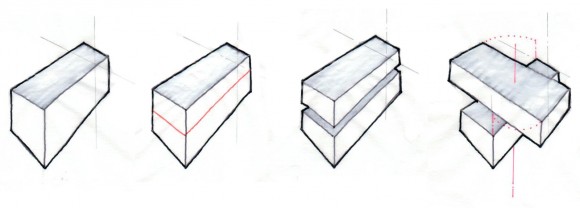
As simple as this maneuver is, it brings a new dynamic to the massing of a residence, and creates seamless relationships between the interior and exterior spaces. At the Norkirk Residence, in Kirkland, Washington, the upper level rotation creates a covered area at the front entrance and garage, giving the approach of the house depth and definition.
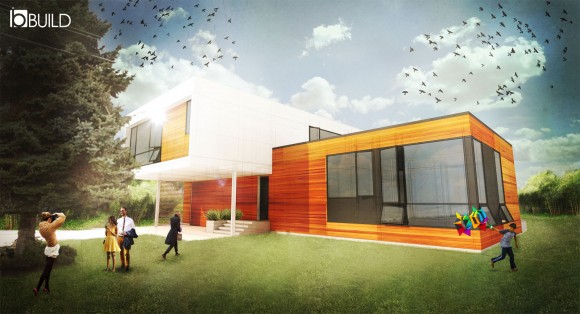
In a similar fashion, the cantilevered upper level adds a large covered terrace for the backyard. Under the right circumstances we’ve also found that this move captures better views and optimizes natural light at the bedrooms above. Most interesting is that, unto itself, the layout of the upper floor changes very little in this rotated configuration from what it might be if aligned with the floor below. Functionally, it’s only the stair, which sits at the pivot point, that needs to resolve the intersecting volumes.
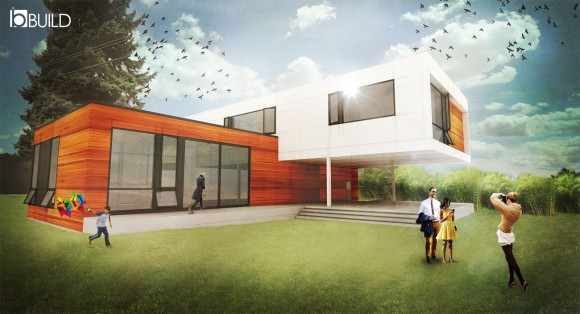
The latest project that uses this massing strategy is the Harrison Street Residence located in Issaquah, Washington, twenty miles east of Seattle. The common areas, situated on the main level of the house, face a park across the street and a protected wetland beyond the backyard. The views and relationships benefit greatly from a main floor volume oriented parallel to both areas on a primarily east-west axis.
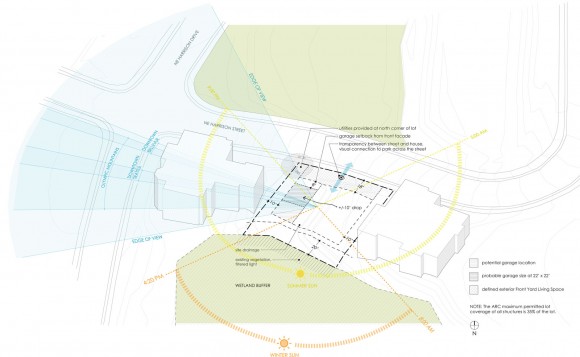
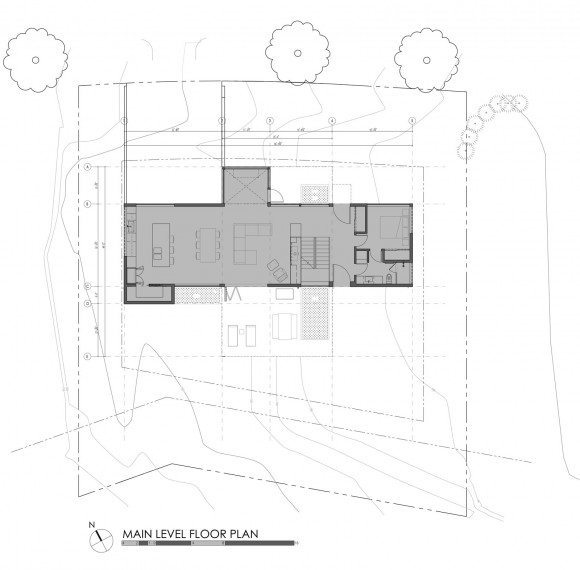
The upper level captures additional daylight and views by rotating 90 degrees and adhering to a primarily north-south axis. The residence contends with an existing house to the west which blocks sight lines to Seattle and Bellevue. The cantilevers, however, extend far enough to capture additional natural light and view beyond.
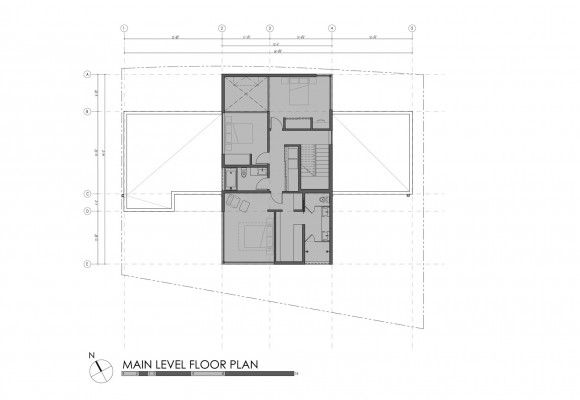
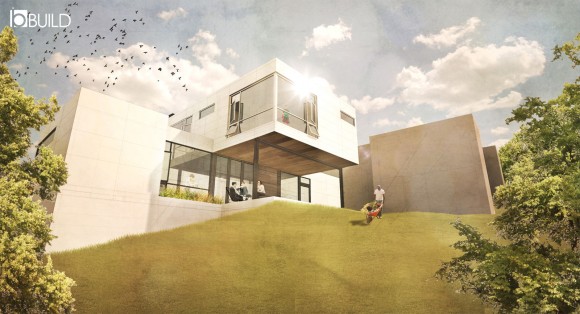
Like the Norkirk Residence, the cantilever at the back of the structure requires a steel moment frame to resolve the lateral forces of the upper volume. We tend to expose this structural element and express it as the important feature it is. Here, the upper volume provides cover for an outdoor terrace and keeps water off of a 10 foot wide accordion door opening. It’s also a discrete opportunity to sneak in some warmer, textured wood at the soffit.
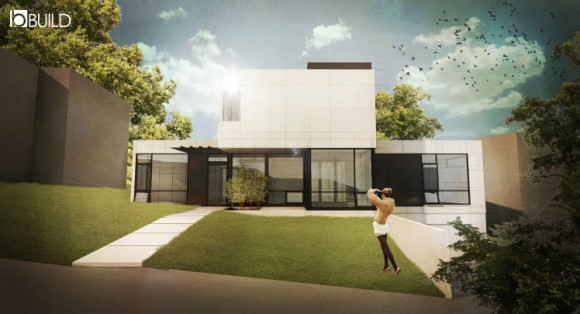
At the front of the residence, the rotated upper floor allows for an atrium space transparent to the front and spanning between the main and upper levels. The geometry of the upper level also aligns with retaining walls below which mitigate the topography of the site.
The common thread which allows for this geometric exploration is the larger lot sizes than what’s typically found within the city limits. The opportunity to shift entire floor volumes offers a nice contrast to the highly vertical nature of our Seattle-based projects. And yet, in BUILD fashion, the designs remain highly disciplined and the process as methodical everything else we do. Stay tuned as these projects progress towards permitting and construction in the coming months.
Cheers from Team BUILD





